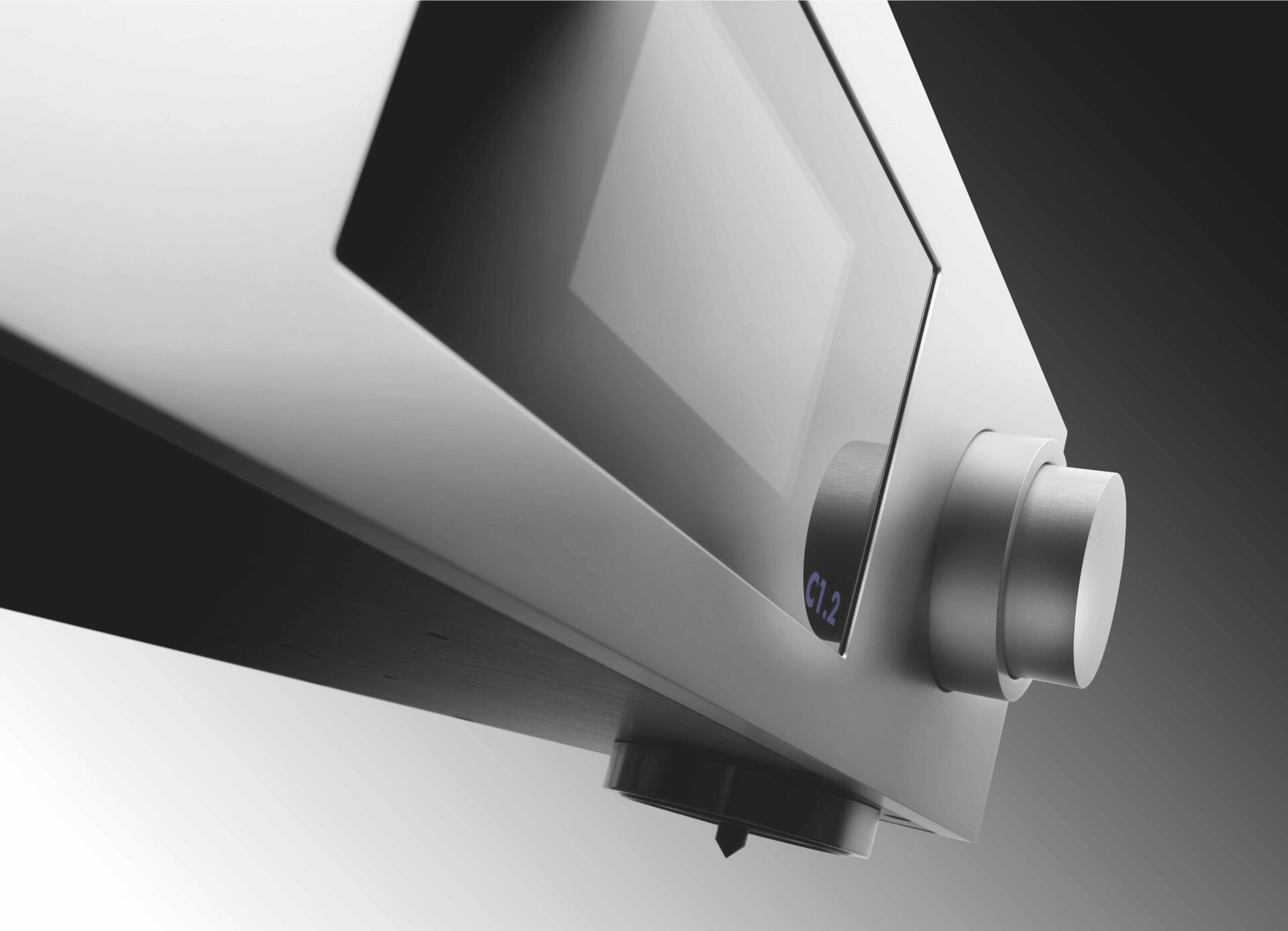More importantly, the sense of musical flow and dynamic coherence grows organically into and informs the presence, dimensionality and extent of the soundstage. There is a natural and indivisible link between the two, just as in life, the sound of an instrument or voice is indivisible from the space within which you hear it. The acoustic space, the instrumental layout and the music itself should all be intimately related. Yet in hi-fi terms, particularly when it comes to high-end digital systems, ‘separation’ too often extends way beyond the purely locational. Rather than informing and adding to the relationship between the instruments, it pulls them and the music apart. The holistic nature of the C1.2’s presentation, its ability to keep everything lock-stepped in time and (as a result) space, is perhaps its most important capability. The more sense it makes of the performance, the less you have to – and that translates directly into a more relaxed, communicative and enjoyable listening experience, a characteristic that has been remarked on by visitors and commentators alike.

So, has my listening experience answered the questions I posed at the beginning of the review? I’ve spent plenty of time describing the sonic differences between the C1.2, the C1 and, in broad-brush terms, other products too. But is the upgrade worthwhile? And if the C1.2 sounds better, why is that? Well, the answer to the first of those questions is simple: the upgrade is substantial and, in high-end terms, almost unbelievably affordable. If you are running a C1 and you don’t upgrade it, you will be selling both yourself and your system short. If you are running a D1, the same applies. You might think that an increased reliance on streamed music would make upgrading your system’s disc transport superfluous: you’d be wrong! The D1.5/C1.2 combination will breathe a whole new lease of life into an existing disc collection, as well as opening up some enticing possibilities when it comes to the latest disc formats and formulations.
As to the why, the conclusions are unsurprising. It’s not exactly news that improving clock accuracy and power supply quality, both resulting in a significant drop in noise floor, is going to be “a good thing”. Meanwhile, when it comes to decoding, the C1.2 demonstrates that it’s processing where the action is. What is perhaps surprising is the emphatic nature of that demonstration. Place this experience alongside others, such as living with the Kondo filter-less DAC (amongst others) and it suggests that it’s not just a question of whether to process or not, but that no processing may well be musically preferable to poor-processing – which rather undermines the numbers-based marketing efforts of so many digital manufacturers. It also suggests why so many of those products are so musically inarticulate and unrewarding.
Rare as white truffles…
The number of digital components with which I can co-exist and which can co-exist with my record collection and musical demands is woefully small – the list of manufacturers barely even filling the fingers of one hand – but CH Precision numbers amongst them. At one extreme you have the Wadax Reference components. At the other, two French companies, Neodio and EERA. But straddling that broad middle ground is the CH family, starting where EERA finish and ultimately stretching almost as far as the all but unaffordable Wadax. The nature of the CH products means that they can be configured or expanded in a whole range of different ways – but at the very heart of the CH digital eco-system sits the C1.2 DAC and its partnering player, the D1.5. Above all, I demand a system that makes sense of the recorded performance: one that identifies, puts together and articulates all the moving parts to create a single, coherent, musical whole. Clarity and organisation might not sound sonically sexy, but they are key to both great music making and what makes the C1.2 so special – as well as being precisely what so many high-end digital systems struggle with. The CH Precision digital components might look almost identical to their predecessors, but underneath (and in action) it’s a whole new ball game.

